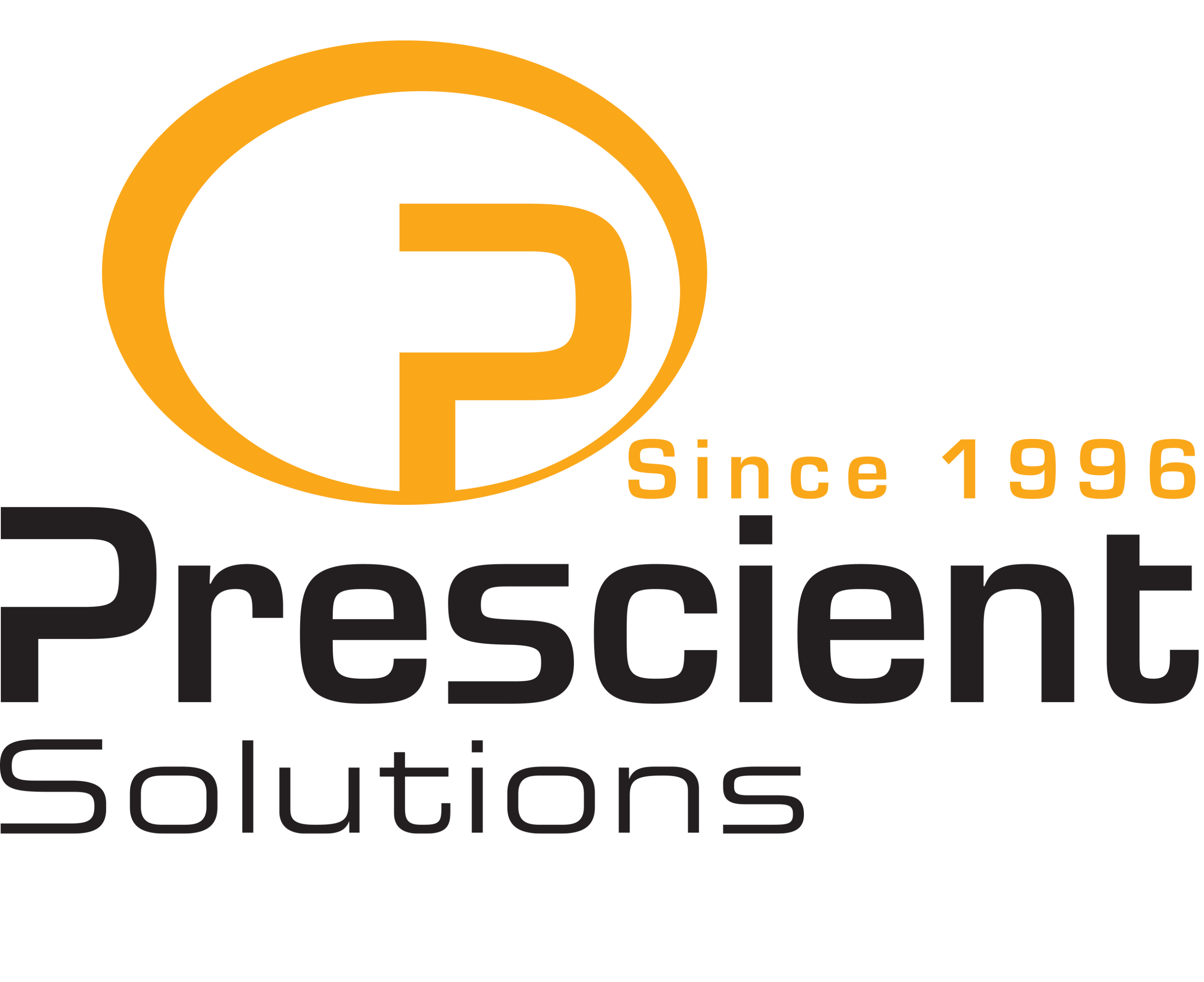Your disaster recovery (DR) plans are unlike any other business process, because you hope you’ll never need to execute the procedure. Despite that, your DR strategy is among your most important technology plans. Here are some best practices to make sure your strategy will work for your business:
- Have a written plan. A crisis is no time to figure out how to recover systems, and a plan that’s in one key employee’s head is hard to share. Whatever else you do, document your plan and distribute it to everyone who needs to help get systems back running. Make sure your personnel will have access to the plan even when systems are down.
- Keep a copy of data off site. Off site shouldn’t mean a secondary office location down the block. You need a full copy of your data somewhere that isn’t likely to be affected by the same disaster that’s affecting your primary site. Even a few miles away isn’t enough to be really secure; ideally, it should be more than 100 miles away, to be in a different geographical area with different weather patterns and different utility providers.
- Test your plan with realistic scenarios. Many DR plans are “tested” by having teams read through them and say “that looks right.” Unfortunately, that’s likely to miss subtle errors in the recovery plan, and, if the right person doesn’t participate in the read-through, can miss major omissions, too. You can make these read-throughs better by running scenarios that introduce challenges into the recovery process, but actually executing the process is the best way to tell if it will work.
- Make updating the DR plan part of your change management process. Your DR plan needs to adapt when your technology changes, so make sure updating the DR plan is included whenever you make any technology change, whether it’s a hardware, software, or network change. Since there are non-technical changes that also will affect your DR plan, such as changes in personnel, make reviewing and updating the DR plan an annual process.
- Plan for resuming normal operations, too. Your DR activity isn’t complete just because your systems are running in the DR environment. At some point, you’ll want to resume operations in your normal production environment. This process can be equally as challenging as the failover to the DR environment was, and you can’t assume the same steps apply. You should make sure you have a documented plan for the necessary procedures and walk through or test those steps as well.
The team at Prescient Solutions helps Chicago and Schaumburg-area businesses develop and implement effective strategies for all of their IT needs, including disaster recovery. Our IT consulting and managed services are a cost effective IT solution for solving IT problems. Contact us to learn what’s involved in implementing best practices for disaster recovery.


